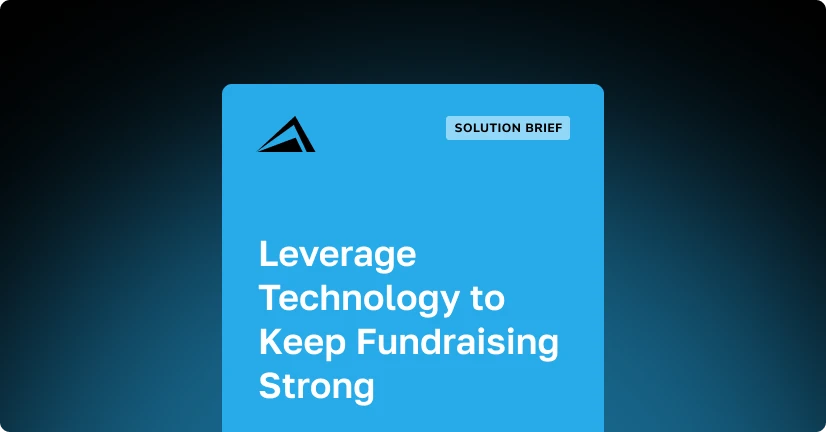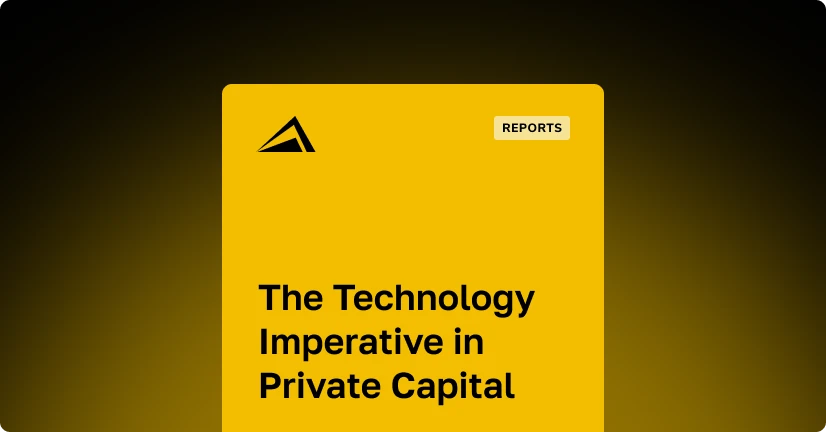4 Reasons to Love Co-Investments
- Co-Investment’s Strong Allure
Before we dive into why LPs find co-investments so appealing, let’s review how they differ from standard fund structures. Put simply, in a co-investment, an LP—along with other investors—makes a direct investment into a portfolio company. Financial investors also usually include a general partner (GP) whose traditional funds the LP already backs. This type of deal bypasses the well-defined agreements of typical private equity partnerships between GPs and LPs.
With very different terms than those in a standard partnership agreement, co-investments are technically a minority ownership stake for co-investors, many of whom are already existing LPs.
Depending on the equity splits between a lead sponsor and the co-investors, the identity of the co-investors, and factors such as deal origination, sector expertise, and the jurisdiction of the co-investors, co-investments are often unique, with no one-size-fits-all arrangements.
- Co-Investments Have Investor Appeal
In the age of digital disruption, investors are increasingly asking for customized arrangements like separate accounts and co-investments. So, it makes sense that LPs are eager to find opportunities like these. LPs can attract today’s investors and stand out in the marketplace.
“The demand has never been there at this level,” explains Altvia SVP, Industry Solutions & Strategy, Jeff Williams, in an interview with Tom Stabile of FundFire for the article “Blackstone, TPG Snag Private Equity Asset Crown.” He continues: “There is an increased desire for the asset class, and [limited partners] are trying to find creative ways to put [their capital] to work. And there is an overwhelming sense that we’re in the early part of the game.”
- Co-Investments Have Term Appeal
Another big draw for LPs?
The potential for higher returns with lower fees—something that naturally, investors are also looking for. ValueWalk reported that 80% of LPs reported better performance from co-investments than from traditional fund structures. In the same ValueWalk survey, almost half (49%) of GPs charge no management fee on co-investments, and 48% charge no carried interest.
In addition, co-investments can help lead sponsor co-investors plug holes created by tight debt markets, reduce risk exposure, and/or bring additional industry or regional expertise (or simply a brand name) to an investment. There are also opportunities to find diversification, achieve better net investment returns, and accelerate capital deployment
But the benefits don’t end there. Disagreements between GPs and LPs over a deal structure, asset buckets, or costs have ruined many a great investment.
LPs prefer the co-investment model because it offers them an opportunity to:
- Understand how a GP operates, including how they perform due diligence
- Test-drive or deepen potential relationships with GPs, investors, and colleagues
- Piggy-back on the insight and expertise of the lead investor
- Co-Investments Have Career Appeal
Private equity firms are finding co-investments ideal for keeping LPs on staff, while also providing opportunities for greater differentiation in the marketplace. To investors, a trusted CFO with a capable team that exceeds expectations and upholds the firm’s reputation speaks volumes during due diligence.
In fact, 48% of CFOs identified talent attrition as a top risk in the EY 2018 Global Private Equity CFO survey. CFOs understand that engaged LPs remain loyal and perform better, making co-investment deals a win-win for firms, too.
What’s more, strategic co-investments offer more than a way to attract and retain top talent, they’re also an opportunity to engage with your network in a new way and solidify your firm’s reputation in an increasingly competitive environment.
What’s not to love?




